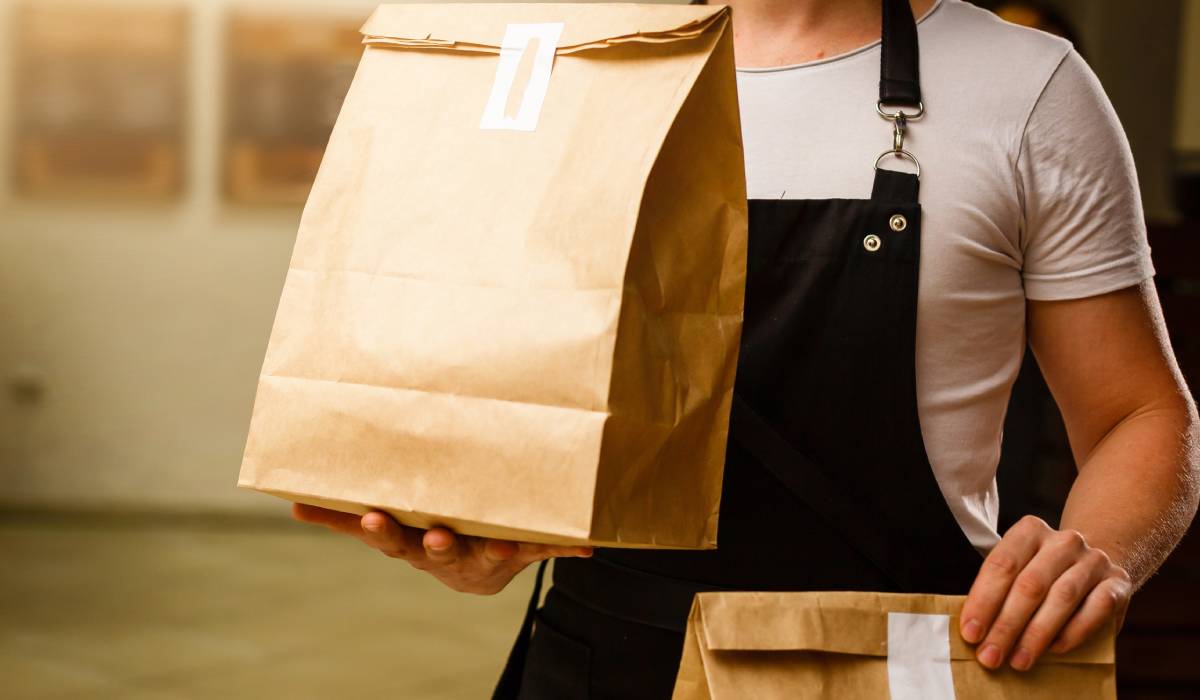Shake Shack CEO Randy Garutti, at a recent Barclays 8th Eat, Sleep, Play conference, told investors the lure of delivery was holding firm two-and-half-plus years from the onset of COVID-19. Even with in-store growth accounting for much of the fast casual’s gains of late, the delivery occasion has remained heavy in the balance (digital mixed 36 percent of sales last quarter). And it’s beyond a matter of accessibility now; customers are still ordering delivery despite inflationary pressures. “Our ability to sit at home on a couch is very high,” he said, suggesting delivery is a luxury diners aren’t ready to concede, or at least one they view as worth the convenience they get in return.
Global scale-up company Deliverect, which simplifies digital orders for more than 27,000 locations across 40 markets, surveyed more than 7,000 global consumers to identify preferences and changing habits when it comes to restaurant offerings. We’ll focus on the U.S. findings. Broadly, the results mirror Garutti’s sentiment—that delivery users are withstanding inflation stronger than other restaurant goers. Naturally, you’re profiling a guest who is used to sticker shock. Shake Shack, for one, mentioned last February it about to up third-party delivery figures 10–15 percent above already inflated in-store prices (the company has made a strong first-party push in recent months, launching direct delivery in March 2021 and renewing its contract with Uber Direct as its exclusive nationwide delivery partner through its app just recently).
DOWNLOAD DELIVERECT’S FULL REPORT HERE
In Deliverect’s study, customers did indeed show they’re still saying yes to treating themselves to food-to-go. In fact, they’re doing so more today than before inflation kicked into gear.
BELOW: DIVE INTO THE DATA, TRENDS, AND STATE OF DELIVERY WITH DELIVERECT GENERAL MANAGER OF U.S./CANADA NOAH HAYES AND QSR EDITOR DANNY KLEIN
Given the growing appetite for delivery and takeout, there’s expanding opportunity for restaurants. What are the key purchasing considerations and how can operators improve the experience and streamline operations?
According to Deliverect’s research, 42 percent of people in the U.S. get up to three deliveries a week. That’s 2 percent above pre-inflation habits.
Twenty percent of respondents said they were ordering on a weekend evening with friends and family, which was 1.4X more than people ordering on a weekday with their crew. In other terms, delivery isn’t just a solo occasion; rather, and maybe in response to fees, many consumers are grouping items for larger basket sizes.
Both times trumped other options like ordering on a weekend evening alone or during a weekday lunch break at work.
Not dissimilar to what operators have seen at the drive-thru of late—where elevated usage and options created higher guest expectations—more takeout and delivery business has turned out a more selective user.
A whopping 90 percent of people said quality ingredients were more important now than before the rise of inflation. Additionally, convenience was a major deciding factor for guests selecting a restaurant for takeout and delivery; 84 percent of respondents in Deliverect’s study claimed how close a restaurant was and how fast their food could get to them was more important today than it’s ever been.
Here were the top five factors consumers told Deliverect influenced their decision to order versus another brand:
- Quickest delivery time: 30 percent
- Convenient location: 28 percent
- Specific menu item availability: 25 percent
- Appealing photos of the food: 19 percent
- Saw on social media: 17 percent
And just as restaurants witnessed out of the COVID gates, pizza remains a cuisine delivery customers gravitate toward—whether the reason is price or comfort. Forty-seven percent of people said they’d order pizza any time, inflation or not. “Good ol’ American food” was next at 40 percent.
Going from trial to repeat usage is generally where delivery clouds, especially third-party and the brand control operators often give up. According to Deliverect’s research, more than a third of customers didn’t order from a restaurant again after they had a bad delivery experience. Also, 23 percent of those same respondents told their friends or family not to buy from the restaurant either.
The top five frustrations:
- Long delivery time: 31 percent
- Incorrect orders: 30 percent
- Delivery charges: 26 percent
- Incomplete orders (such as items missing): 25 percent
- Unexpected/miscommunicated delays with order: 23 percent
Something to circle: “overpriced” menu items didn’t appear in the list, “reinforcing that people are willing to pay more for high-quality food,” Deliverect said.
Being quick, reliable, and conveniently located is where delivery business is won. The opposite owes to long deliveries and order accuracy.
In terms of wait times, here were consumers’ expectations, per Deliverect:
- 10–20 minutes: 23 percent
- 21–30 minutes: 34 percent
- 31–40 minutes: 23 percent
When asked what would make them more likely to order food delivery from a restaurant again, 42 percent said quality. Fast delivery was right behind at 37 percent










